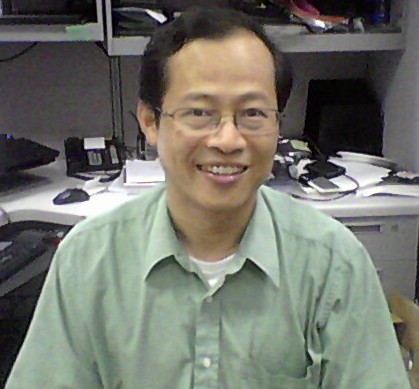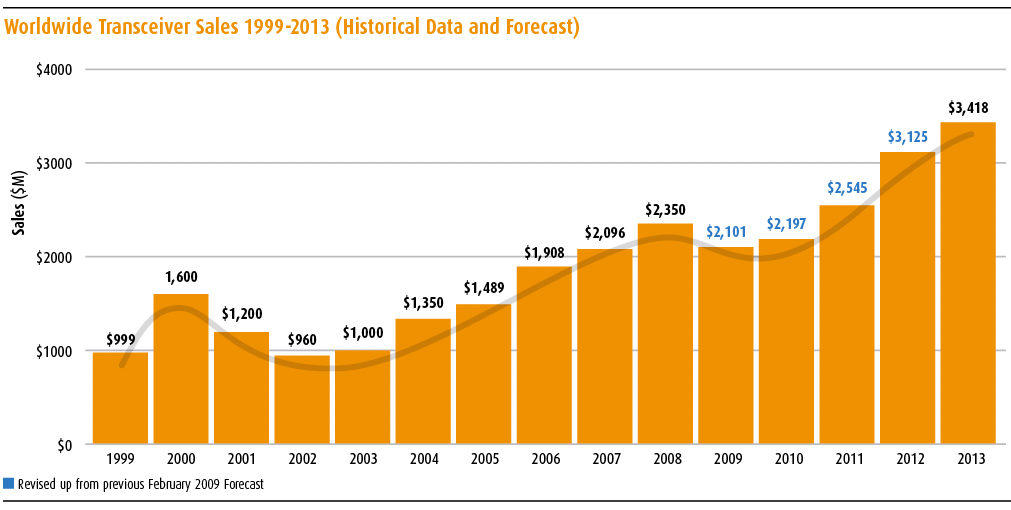40 Gigabit Ethernet QSFPs boost port density and reach
 Tuesday, February 28, 2012 at 2:21PM
Tuesday, February 28, 2012 at 2:21PM Avago Technologies and Reflex Photonics have announced extended reach 40 Gigabit Ethernet (GbE) QSFP+ transceivers. As data centres grow in size, there is a need to link equipment over distances greater than 100m, as defined by the IEEE 40 Gigabit Ethernet standard.
 "For the larger data centres being built today, reach is becoming more and more important"
"For the larger data centres being built today, reach is becoming more and more important"
I Hsing Tan, Avago




